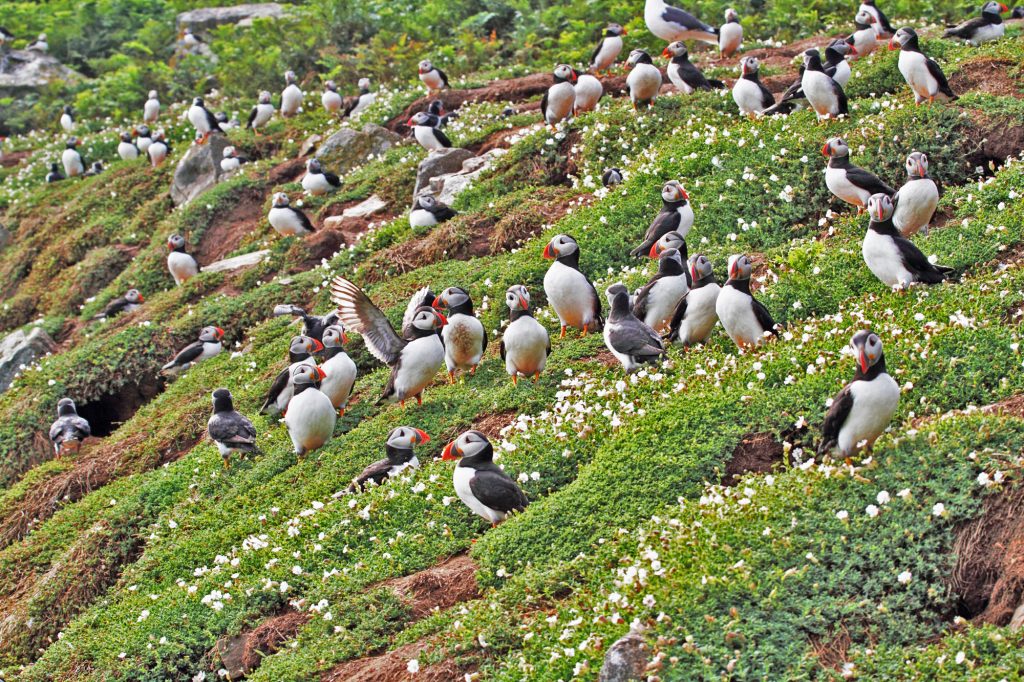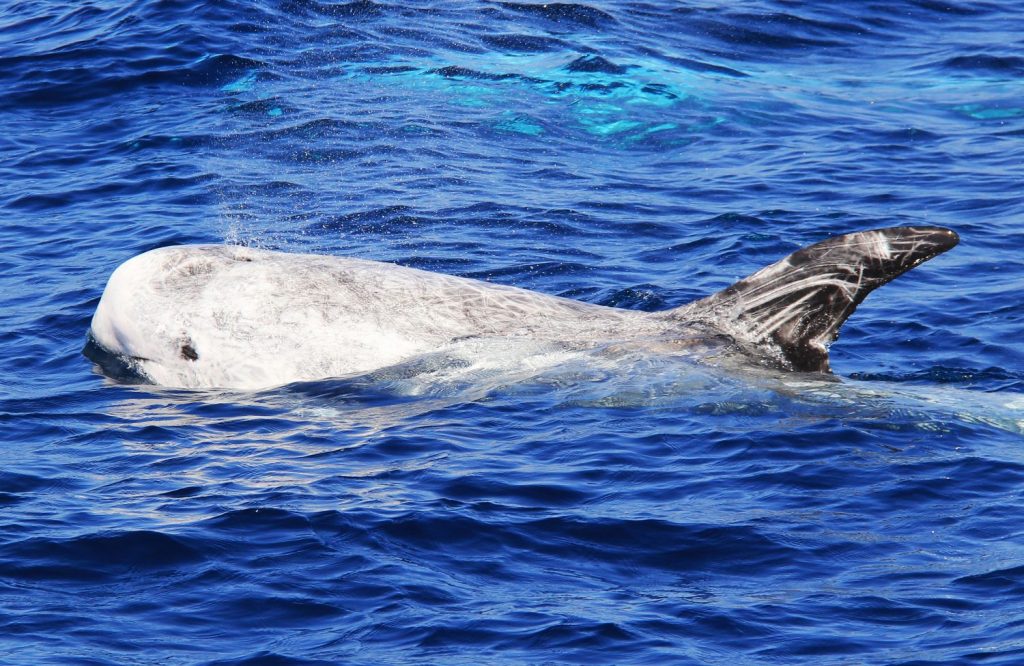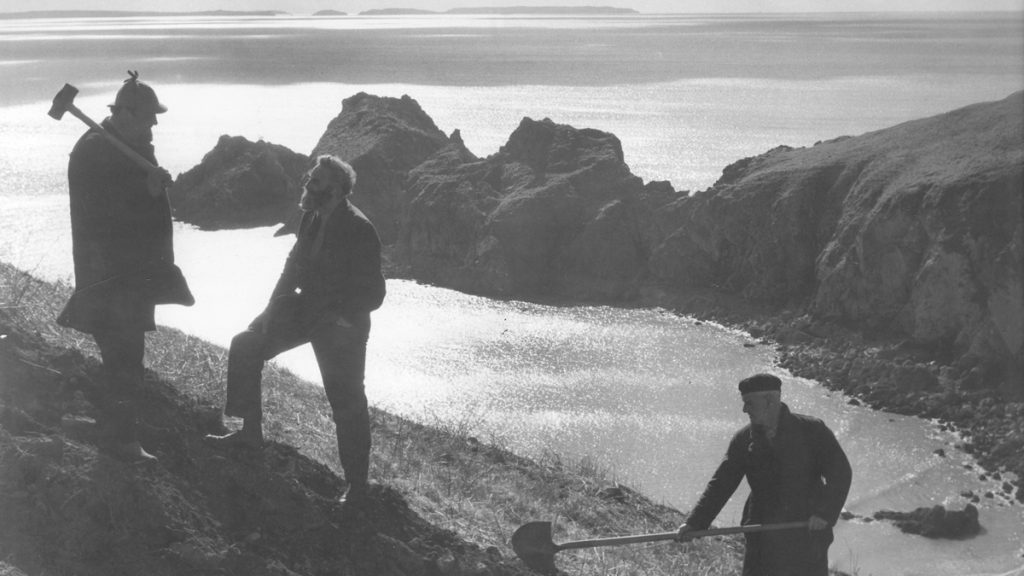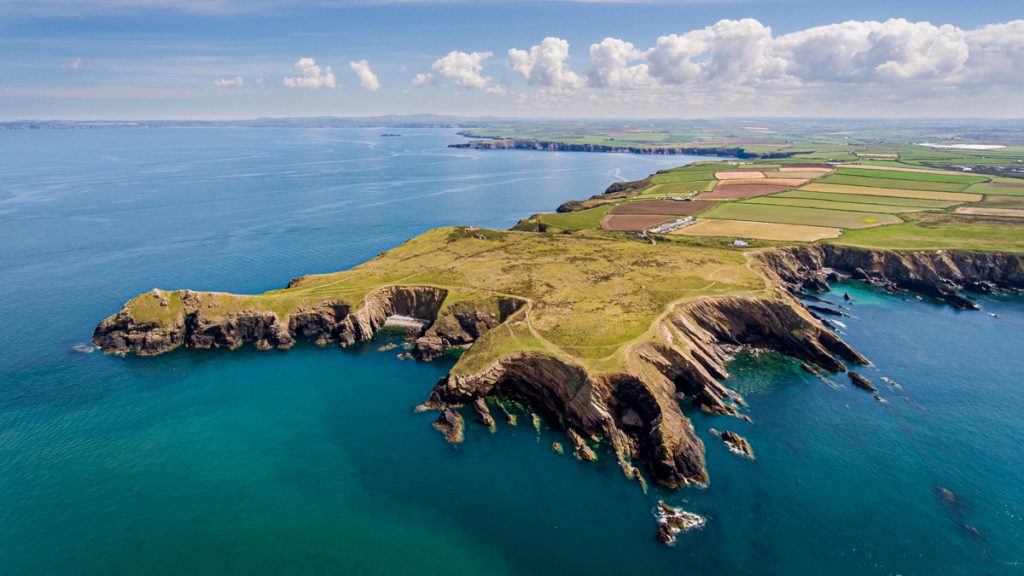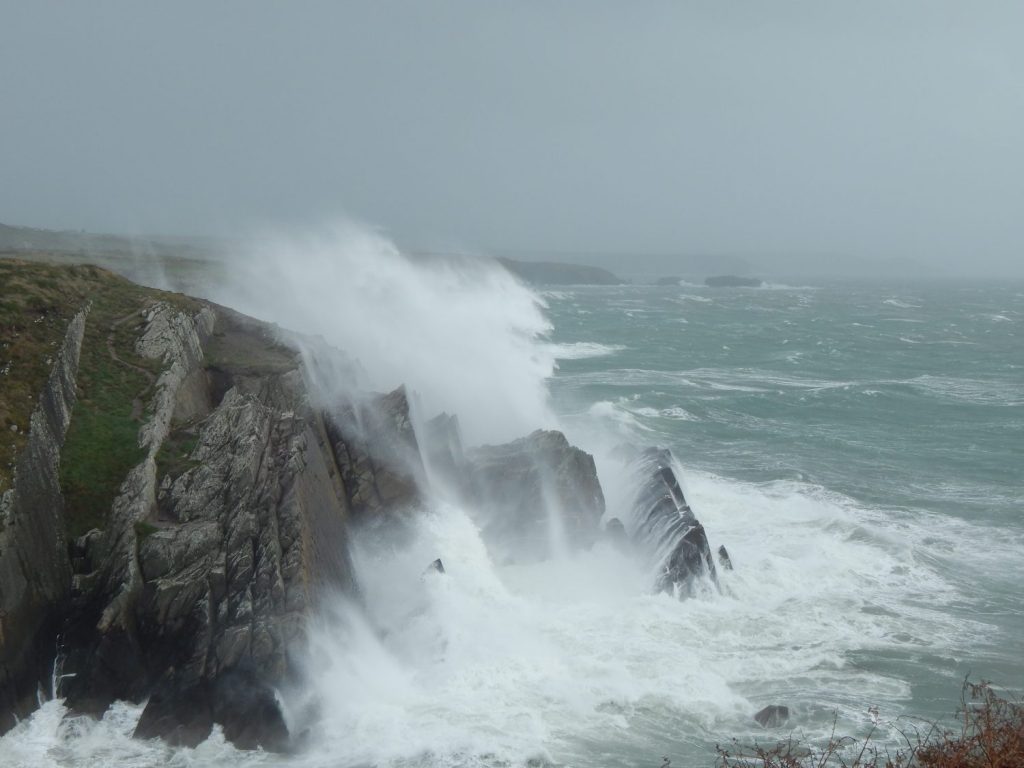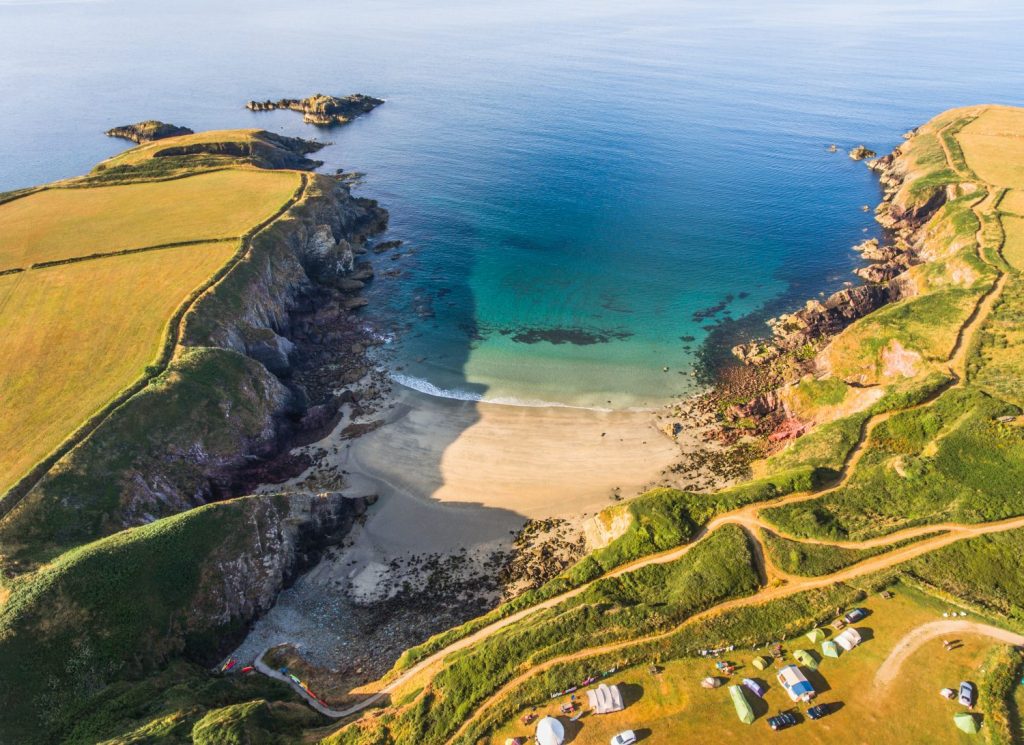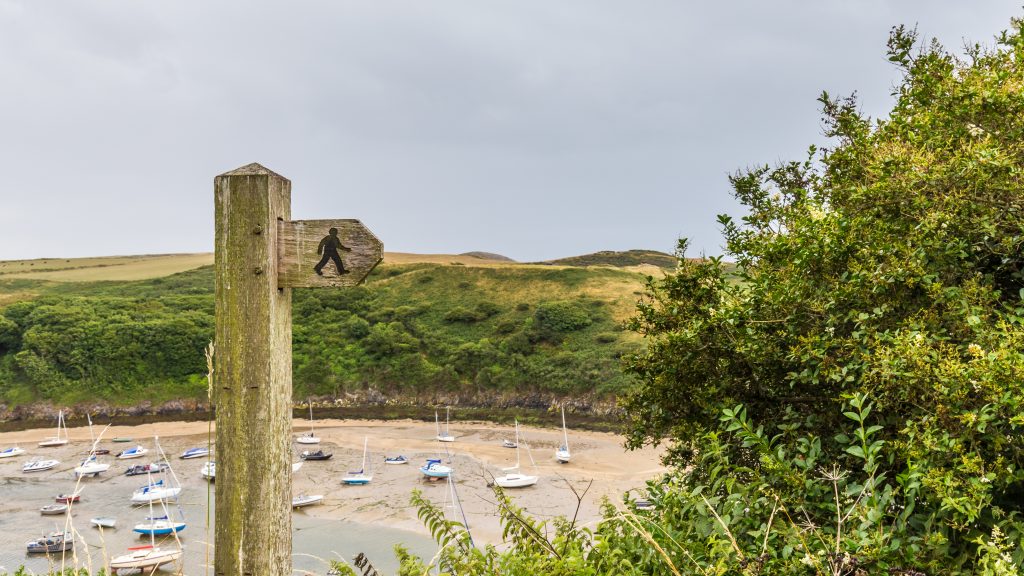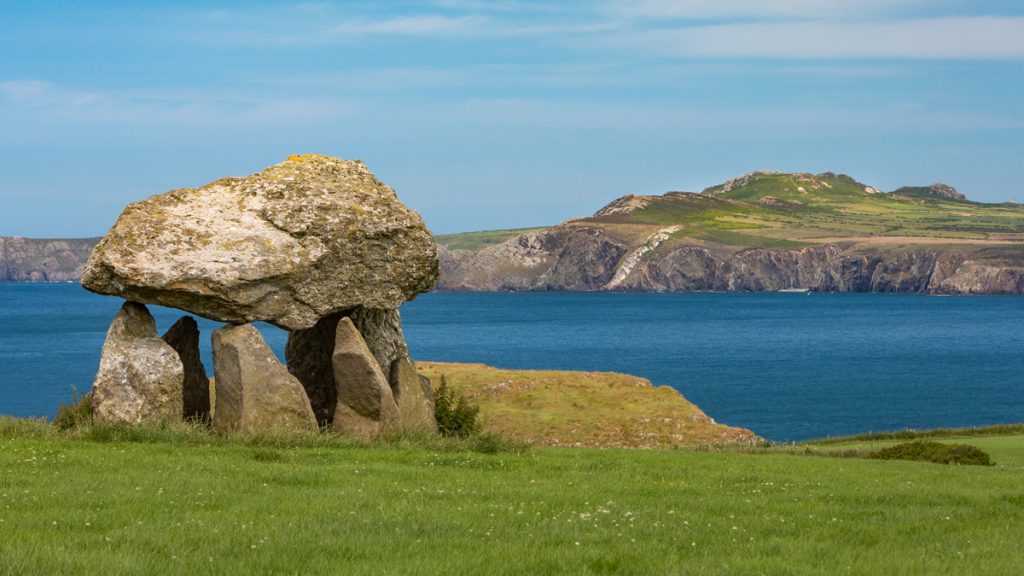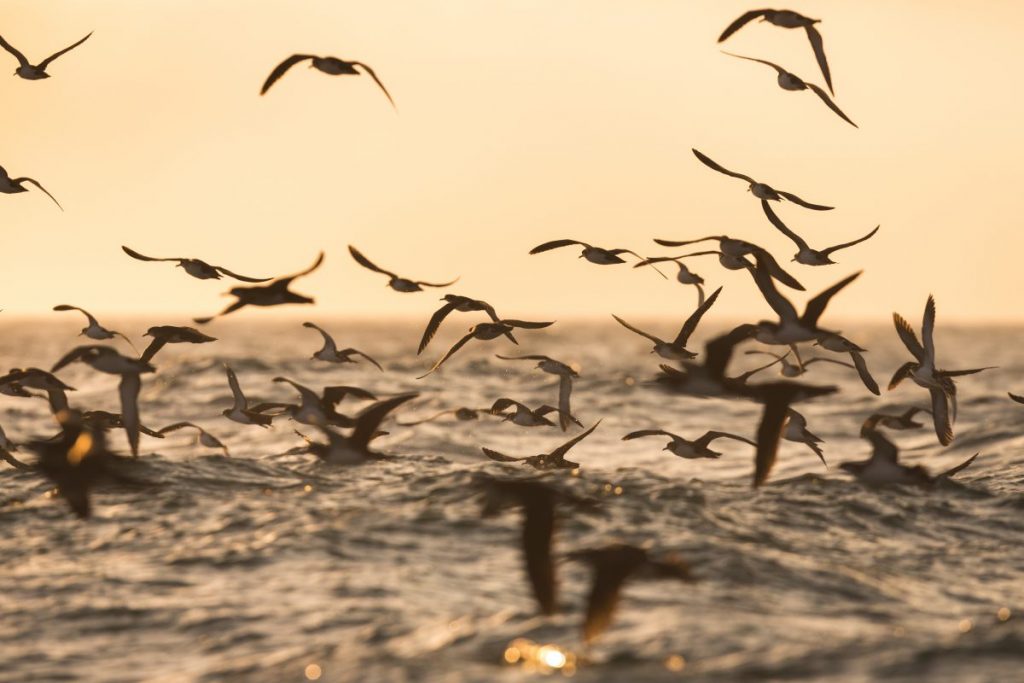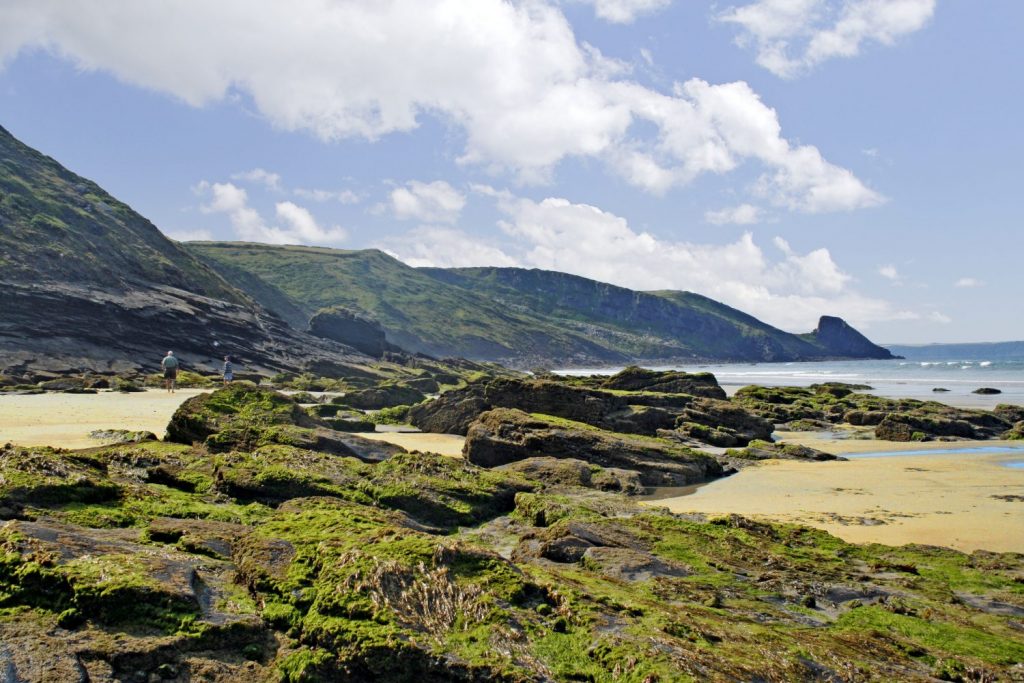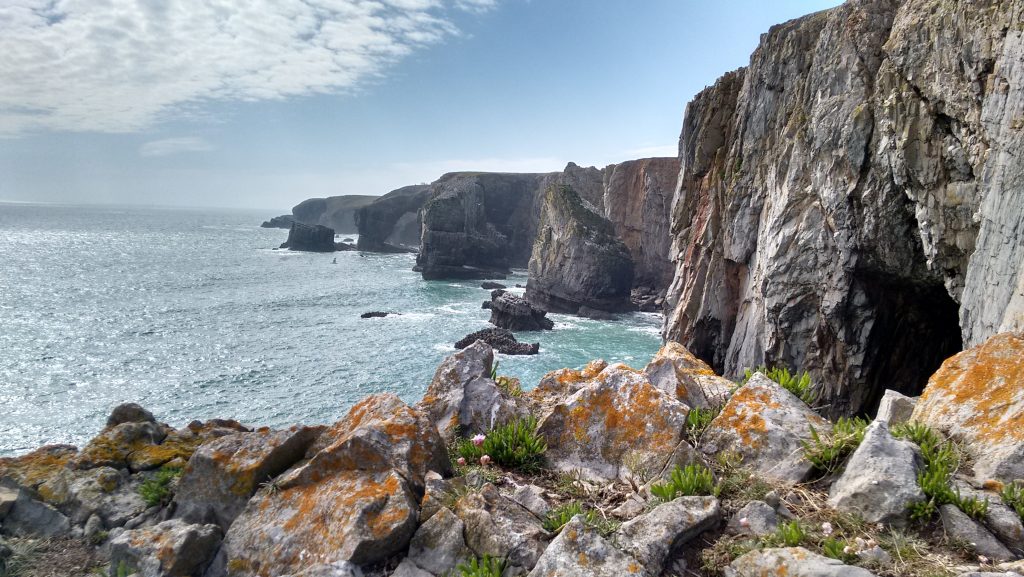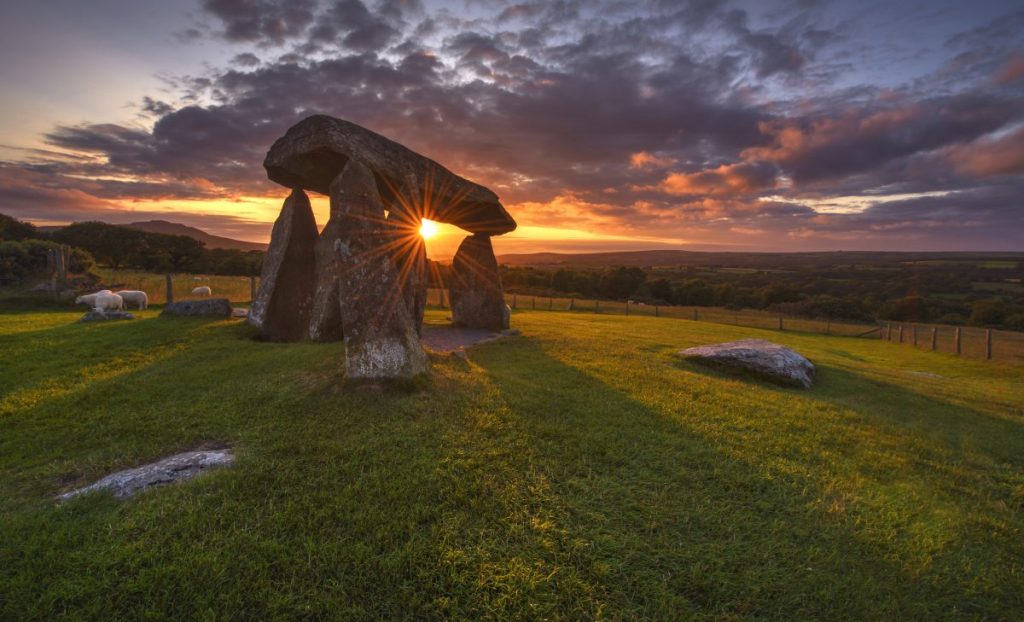It is hard to believe that during the long, cold winter months when little is growing and the coast of Pembrokeshire is battered by winter storms, that some creatures actually choose to visit Pembrokeshire. Yet, Pembrokeshire is a popular winter get-away for many species of bird.
Why do these creatures choose to spend the winter with us? The simple answer is that Pembrokeshire is warmer than the places they have left behind. Our maritime climate offers milder weather, and enough food. Had the birds stayed in their summer haunts they may have frozen to death or starved.
Many of the birds that arrive in Pembrokeshire each autumn are species which prefer coastal habitats, or places with open water and damp heathland. They include waders such as the golden plover and lapwing, or wildfowl such as the goldeneye. Escaping from the harsh Russian winter are thrushes such as the fieldfare and redwing.
Winter Visitors from Eastern Europe
When icy winds blast the hills and forests of Eastern Europe and Russia, it is not only the larger bird species that make long journeys to warmer lands. Smaller birds make this hazardous journey too. Among the visitors to Pembrokeshire are two members of the thrush family, the redwing and the fieldfare.
The redwing is an attractive bird. Though largely grey-brown, it has a distinctive white stripe above its eye and orangey flashes on each side and under its wings. Redwings arrive in early winter in large flocks. They are fairly fast moving, and easily put to flight if unsettled. They feed mostly on open fields, searching for worms and invertebrates, but will also feast on fruit and berries.
Slightly larger than the redwing, the fieldfare has a grey head, chestnut back and pale speckled breast. It also appears in early winter in large flocks. Fieldfares are often seen feasting in trees and bushes on fruits and berries. They have a chattering call, and can be heard calling at night when migrating.
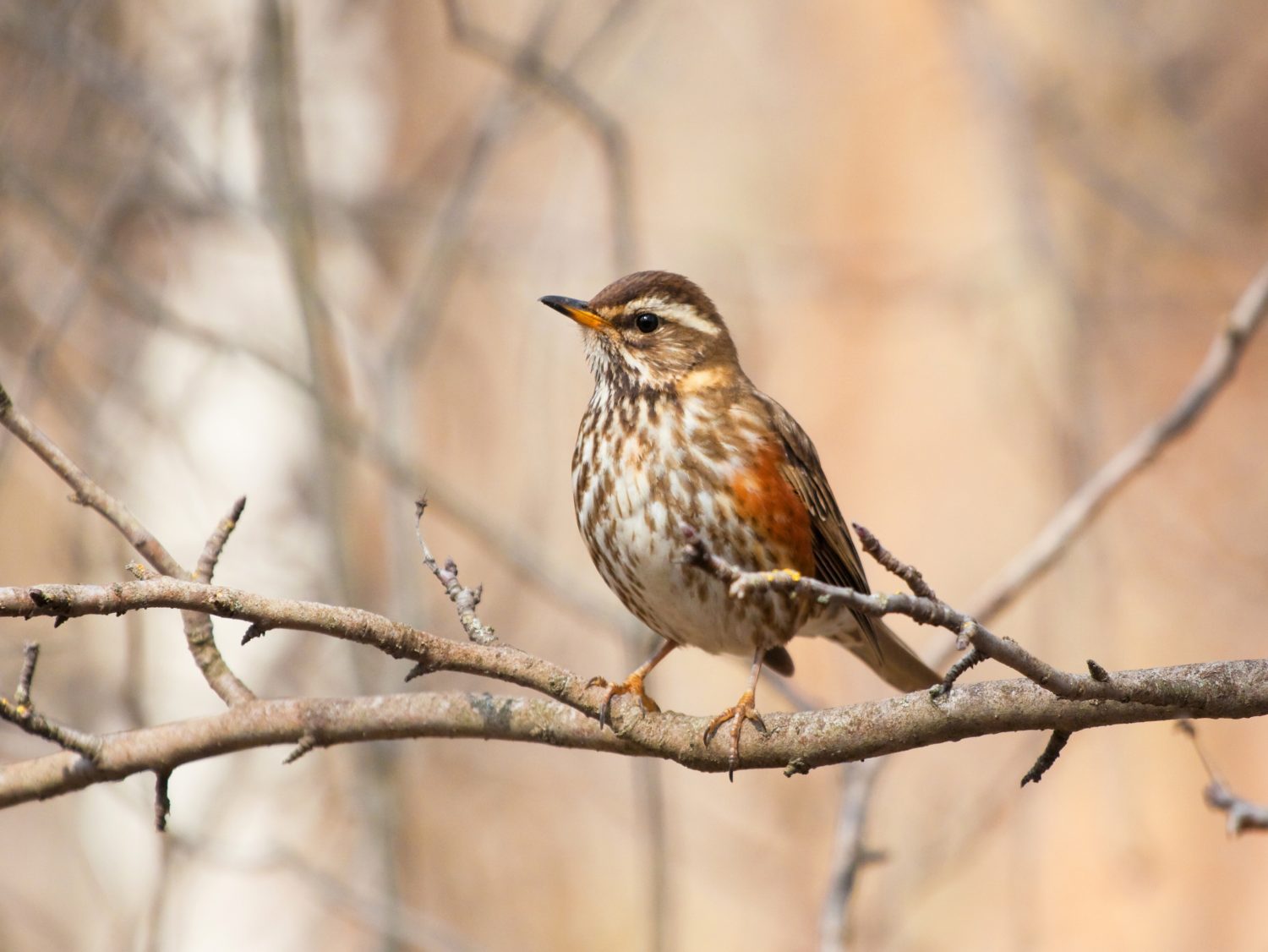
Wading Bird Species
During the winter the estuary at Angle and the wetlands close to Castlemartin are host to many species of wader. These birds migrate here in search of food and to shelter from the harsh winter weather elsewhere. Among the species recorded are lapwing, golden plover, greenshank, godwit and snipe.
The lapwing was once a common bird across the UK, arriving in huge flocks during the winter, and feeding in damp river valleys and estuaries. Flocks of hundreds were common. Modern drainage practices have destroyed the habitat that this bird and other wading species need to feed. The mud at West Angle Bay and the swampy ground on the MOD Range and Castlemartin Corse offer these conditions. Large flocks gather during the winter.
A small, dumpy brown bird, the snipe lives in the UK all year. However, in the winter more birds arrive from the continent. The snipe has a long thin beak which it uses to probe into soft mud in search of invertebrates. It is a difficult bird to see, well camouflaged against grasses and reeds, but makes a shrill kreech when disturbed.
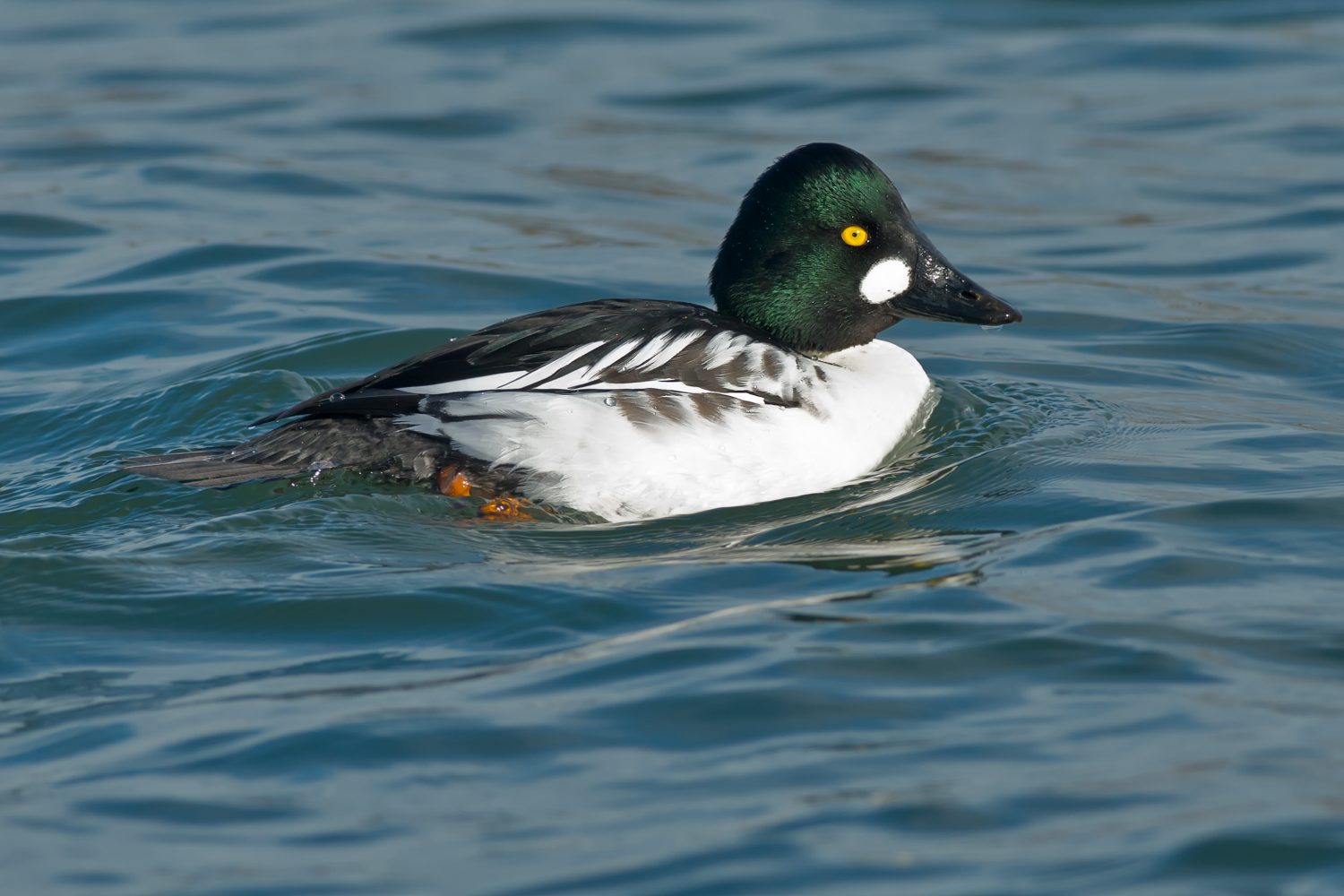
Wildfowl
As winter closes its icy grip across Europe many species of ducks and geese arrive in Pembrokeshire in search of food and shelter. The county is fortunate to escape the worst of the winter weather, and ponds and lakes rarely freeze.
One of the prettiest winter arrivals is the goldeneye, a species of duck. The male bird is a beautiful creature with glossy black upper parts and a white tummy. It has a white circle of feathers, or eye, just below its eye. The goldeneye arrives in small flocks during the winter, but remains wary of humans. It is a diving duck. Goldeneye can be seen on the Bosherston Lakes near Stackpole during the winter. The males can be seen displaying by tipping back their heads.
Other visitors to the Bosherton Lakes in winter are teal and tufted duck. These birds mix with year round residents such as mute swan, coot, mallard and moorhen.
